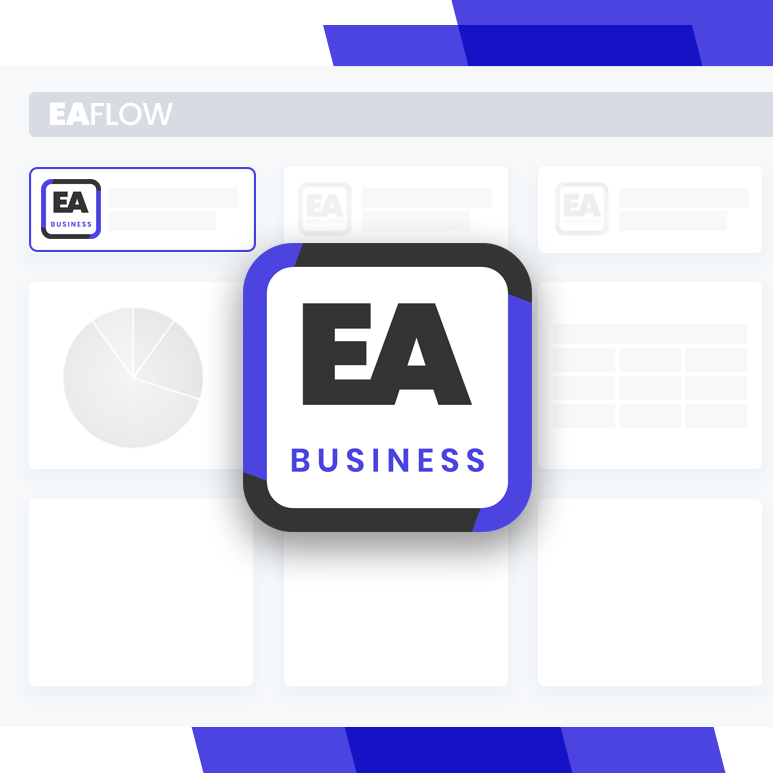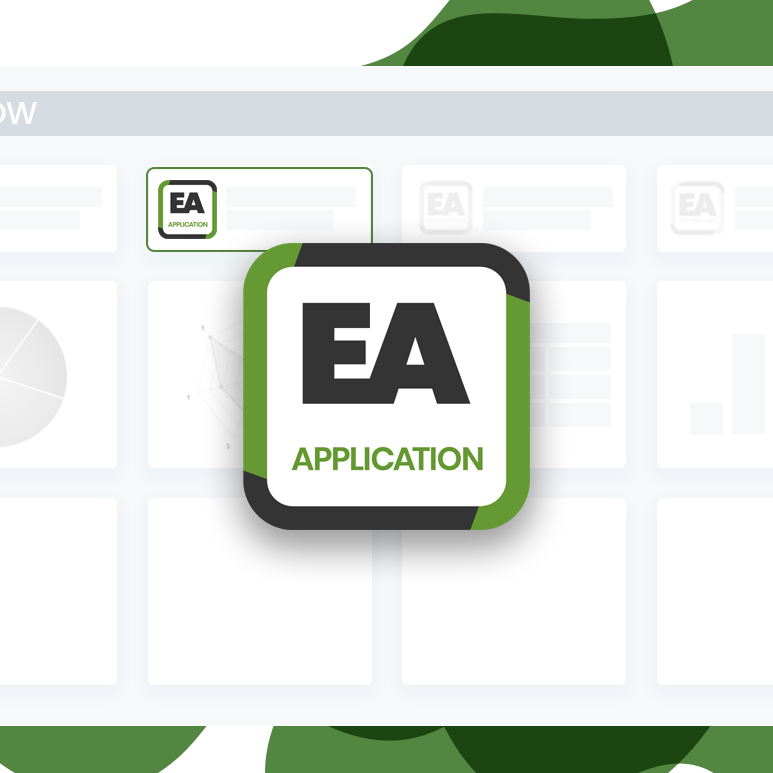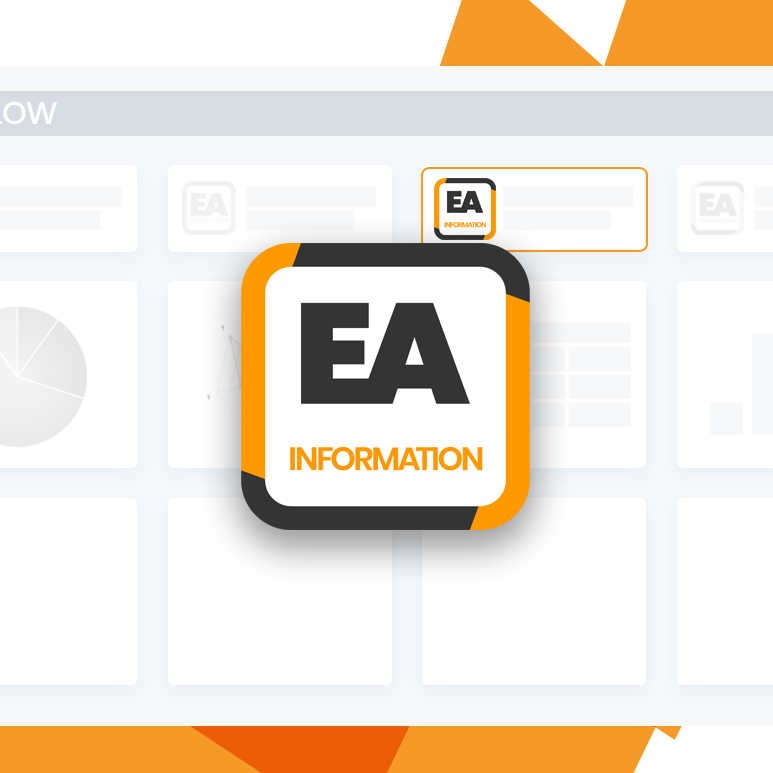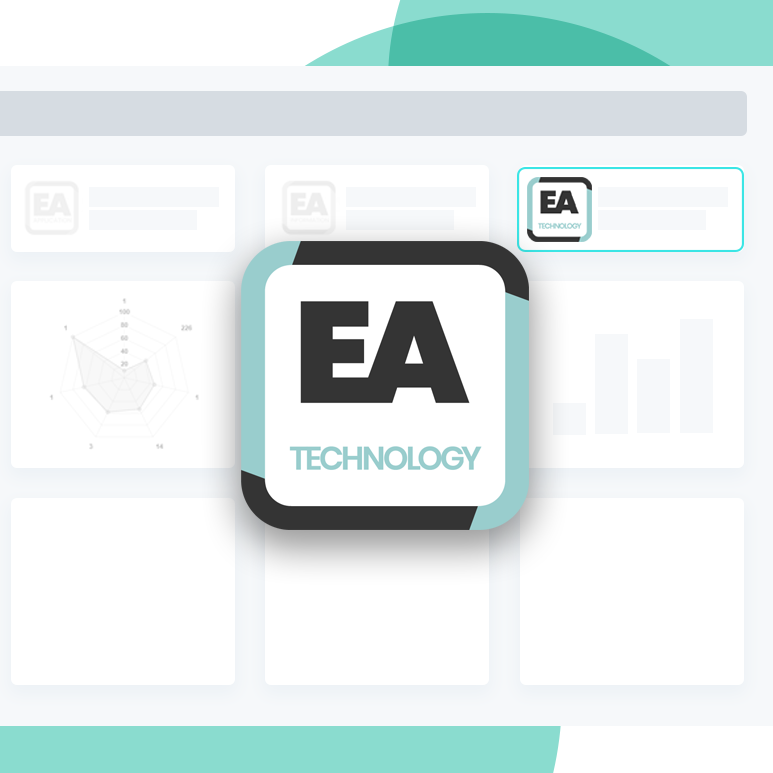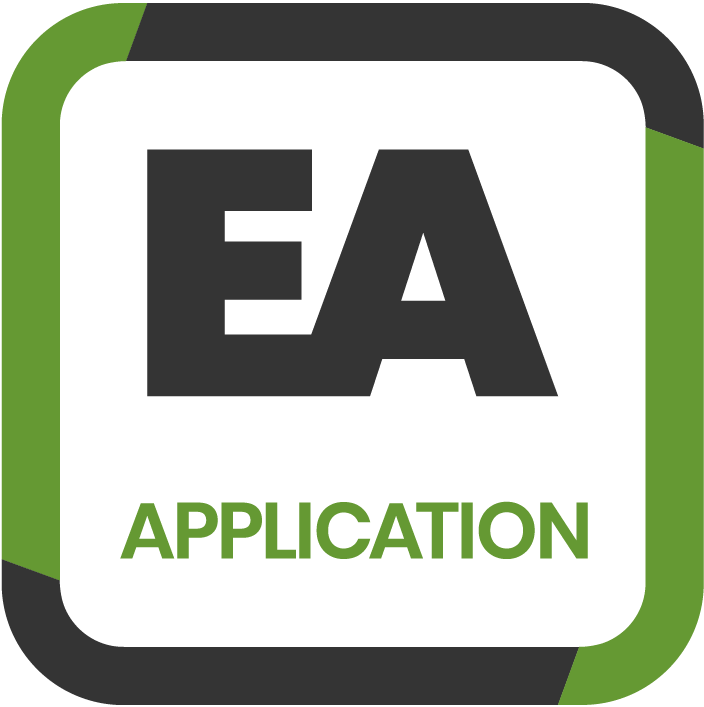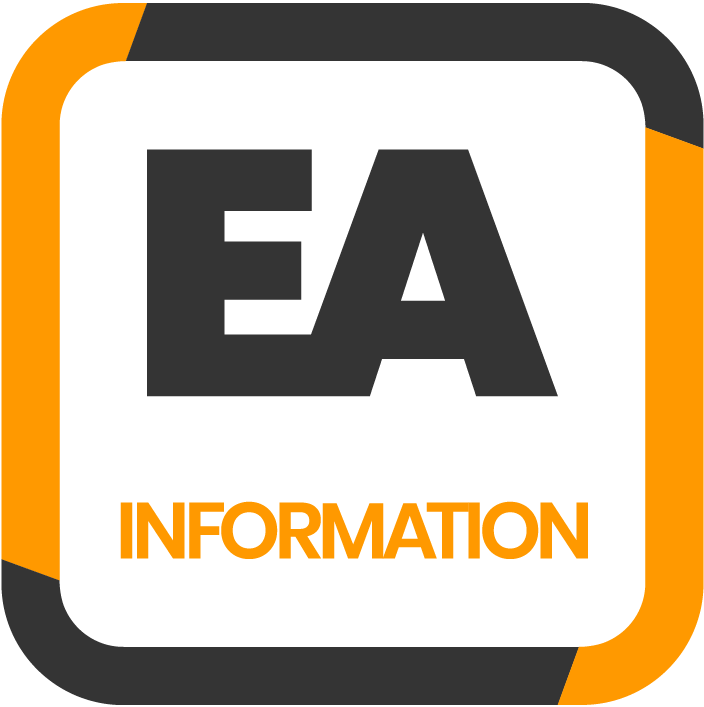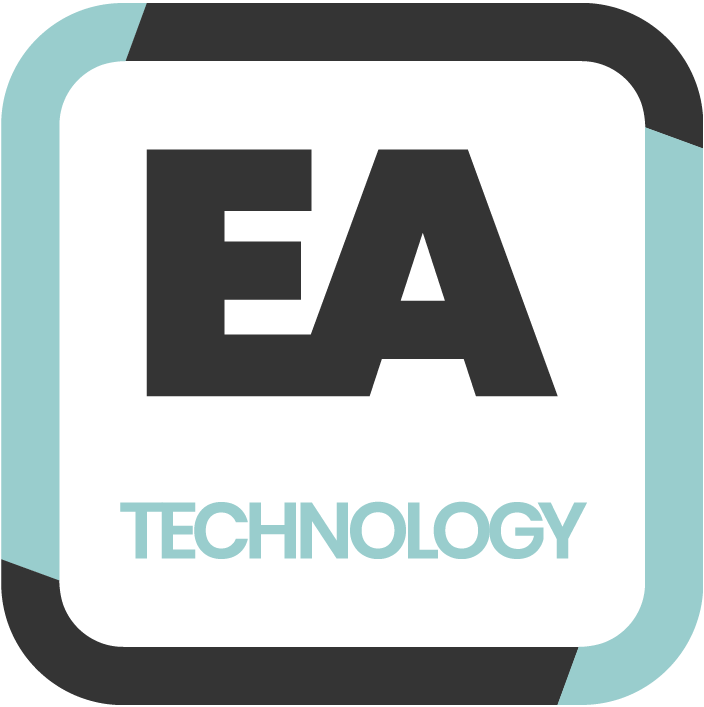Enterprise Architecture matters to us...
… because it aims to efficiently and securely align processes, data, applications, and technological infrastructure with the strategic objectives of the business
Enterprise Architecture matters to us...
…because it aims to efficiently and securely align processes, data, applications, and technological infrastructure with the strategic objectives of the business.
It should provide a comprehensive perspective that allows you to visualize, analyze and effectively manage all aspects of Enterprise Architecture.
- Enabling EA management with a cross-functional vision.
- Facilitating alignment between technology and business objectives.
- Preventing redundancies and gaps in the technological infrastructure.
- Anticipating adaptation difficulties to business and technological changes, preventing loss of competitiveness.
Integrates different EA portfolios from a single source of truth providing a 360° view of information flow.
Monitor the entire EA from a cross-functional perspective, with data at you fingership for informed strategic decision-making.
Prevent the dispersion of technological assets and facilitate the development of initiatives to anticipate potential data security threats.
Integrates different EA portfolios from a single source of truth, providing a 360° view of information flow.
Monitor the entire EA from a cross-functional perspective, with data at your fingertips for informed strategic decision-making. Prevent the dispersion of technological assets and facilitate the development of initiatives to anticipate potential data security threats.
Modeling and Documentation
Analysis
Tracking and Control
Integration with Other Sources

Already part of our ecosystem:
Already part of our ecosystem:
Govern Enterprise Architecture with an easy-to-use tool featuring an intuitive design and functionalities tailored to fit the model of each organization.
Govern Enterprise Architecture with an easy-to-use tool featuring an intuitive design and functionalities tailored to fit the model of each organization.
Business Domain
Store catalogs, matrices, diagrams of business processes, capabilities, organizational structure and suppliers. Manage relationships with the rest of the EA domains.
Follow complete traceability of Business processes from the activities within each process, responsible areas and personnel, applications, platforms, and tools used in these activities, down to the details of the involved technological components.
Business Domain
Store catalogs, matrices, diagrams of business processes, capabilities, organizational structure and suppliers. Manage relationships with the rest of the EA domains.
Application Domain
Manage catalogs, matrices, and diagrams of the organization’s applications, tools, and platforms with a detailed view of their relationship with business processes and capabilities, roles, and development technologies. This also includes suppliers and security certificates used, deployment environments on servers, data usage, and integrations with other applications, whether they are P2P or through integration service operations.
Application Domain
Manage catalogs, matrices, and diagrams of the organization’s applications, tools, and platforms with a detailed view of their relationship with business processes and capabilities, roles, and development technologies. This also includes suppliers and security certificates used, deployment environments on servers, data usage, and integrations with other applications, whether they are P2P or through integration service operations.
Manage the portfolio of applications, platforms, and tools in a detailed and efficient manner, understanding the impact each of these has on the business strategy and vision.
Information Domain
Maintain catalogs, matrices, and diagrams of database instances, schemas, and data objects. Manage links across entities, database instances, and schemas with other domains through a centralized view of relationships. Analyze which applications, platforms, and tools own a database schema, as well as the data objects they consume.
Visualize and distinguish in detail the data flow of integrations between provider and consumer applications, understanding where each piece of data originates and where it is stored.
Information Domain
Maintain catalogs, matrices, and diagrams of database instances, schemas, and data objects. Manage links across entities, database instances, and schemas with other domains through a centralized view of relationships. Analyze which applications, platforms, and tools own a database schema, as well as the data objects they consume.
Technology Domain
Oversee catalogs, matrices, and diagrams of technological components, physical and virtual servers, security certificates, and organization. Manage the relationships between these artifacts and the rest of the EA domains, providing a cross-view of the applications, platforms, and tools involved.
Technology Domain
Oversee catalogs, matrices, and diagrams of technological components, physical and virtual servers, security certificates, and organization. Manage the relationships between these artifacts and the rest of the EA domains, providing a cross-view of the applications, platforms, and tools involved.
Manage technological assets with a clear and updated record of the catalog and expiration of certificates to safeguard the security of IT systems and infrastructure, thereby preserving business integrity and continuity

Start using EA Flow and take advantage of the benefits of managing from a single realible source, with a broad view of all aspects of the organization, monitoring and safeguarding data security.
Start using EA Flow and take advantage of the benefits of managing from a single reliable source, with a broad view of all aspects of the organization, monitoring and safeguarding data security.













